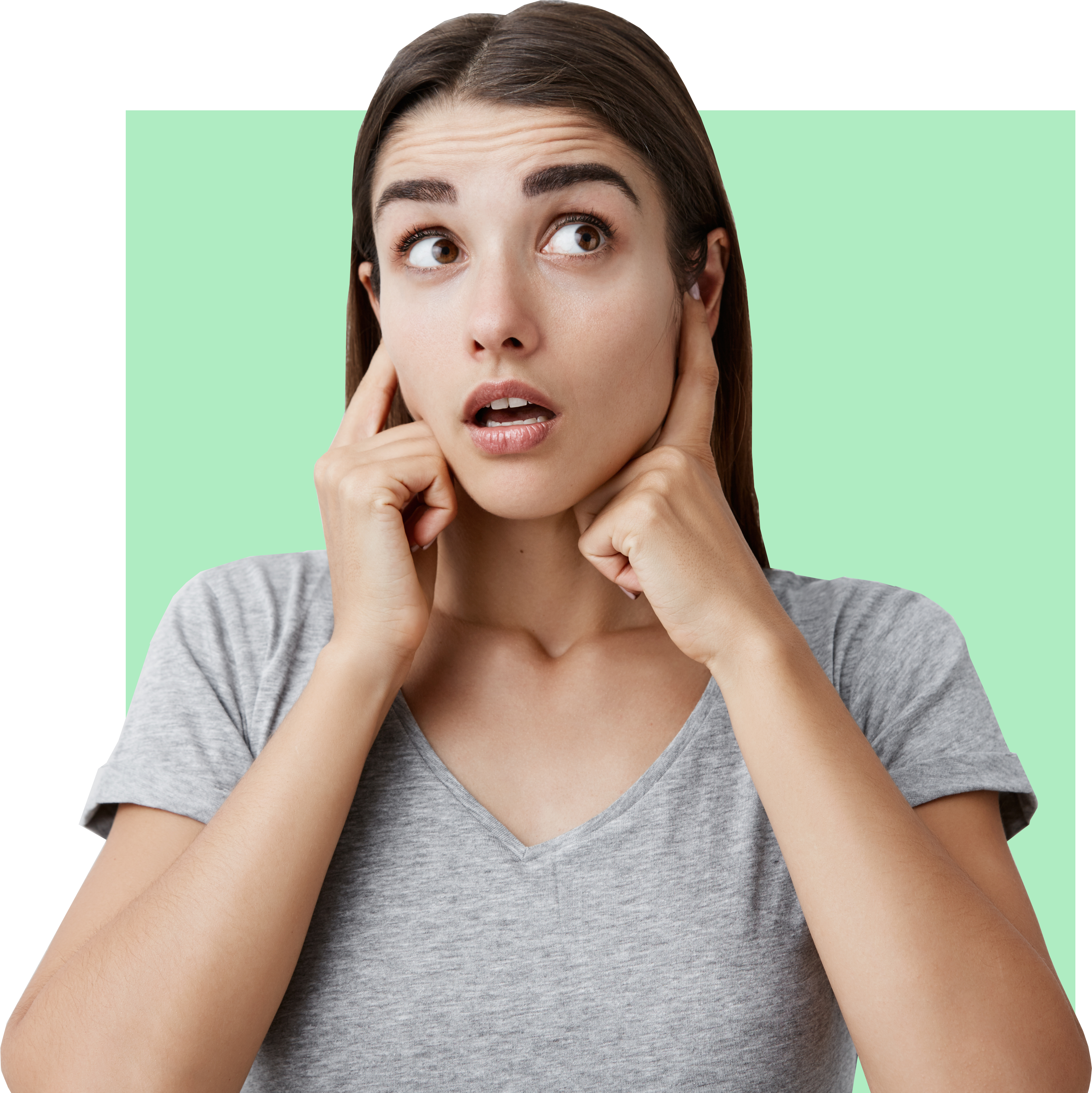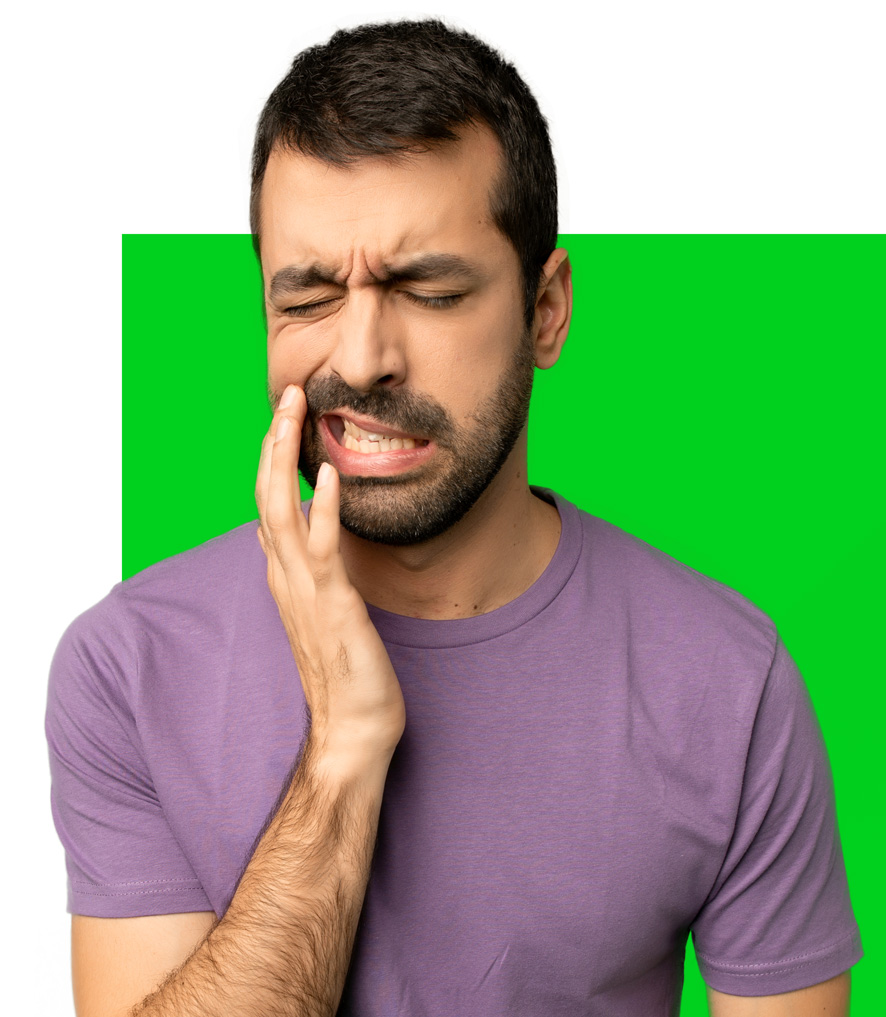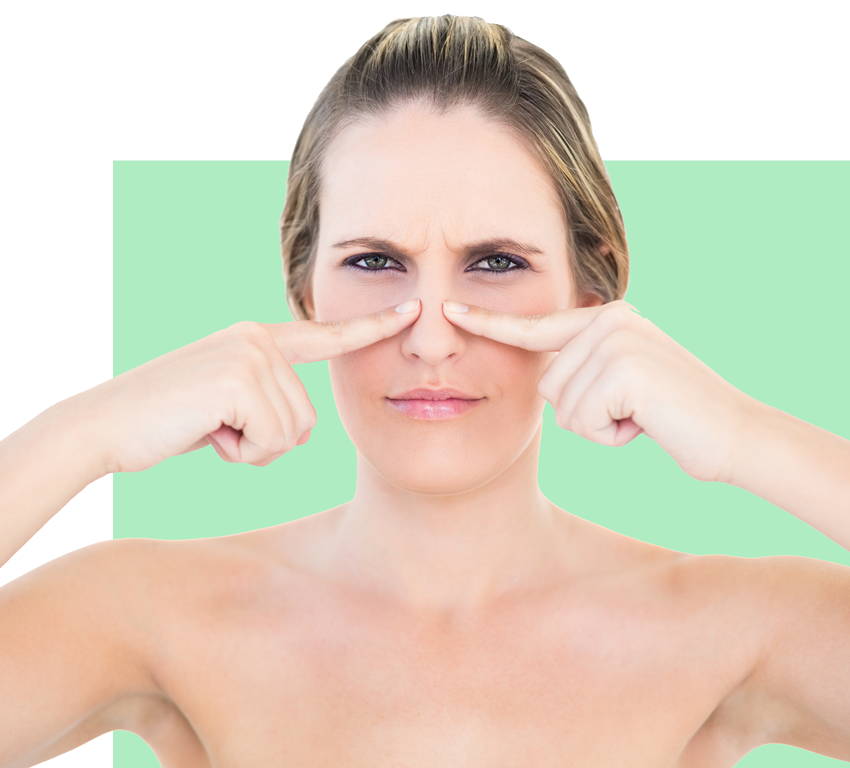¿What is earwax?
Cerumen, commonly called earwax, is produced by small glands located at the outer part of our external ear canal. Cerumen not only protects the skin in our ear external canal from infection by reducing moisture and creating an acidic environment. It also prevents foreign bodies (like insects) or dust from entering the ear canal, and reduces the exposure to loud noises that could potentially damage the inner ear.
¿How does Cerumen get impacted?
As cerumen is produced it traps old skin and/or dust in our externa ear canal, and with jaw movements and chewing motions it is naturally moved towards the entrance of the ear. In normal circumstances simply cleaning the excess cerumen from the outer area of your ear is enough and should be all the cleaning you need to do.
However, this natural cleansing mechanism can be affected by many health conditions.
A few examples are:
⦁ A reduced diameter of the external ear canal: some people have naturally a narrower/small ear canal or excess hair growth which can cause the earwax to build up. However, this can also be caused by ear infections, genetic malformations of the skull or ear canal (such as Down Syndrome), bony growths inside of the ear canal and non-cancer or cancer tissue growth.
⦁ Excess or dense production of ear wax: some people produce an excessive amount of earwax, and as we age the glands in our ear canal produce a more dense/think earwax, which over exceeds or interrupts our natural cleansing mechanisms. Also, ear wax can be over produced as a response to a foreign body or trauma such as over use of self-cleansing objects such as Q-tips or overuse of headphones.
⦁ Overuse of cotton swabs or Q-Tips: use of cotton swabs seem harmful if they are used to clean the out part of the ear, without introducing it into the ear canal. When introduced deep into the ear canal it not only stimulates your body to produce more ear wax, it also pushes the ear wax further in, creating a more dense and hard to remove plug.

source: Tomar, M., Devi, H.P., Khundrakpam, R., Pant, A., & Saha, R. (2018). Study for evaluation of etiology , clinical presentation , audiometric assessment and spontaneous healing of traumatic perforation of tympanic membrane.
How do I know I have ear way accumulation or impaction?
Ear wax accumulation is usually asymptomatic. However, a few patients can suffer from:
⦁ Sudden or gradual hearing loss.
⦁ Ear pain
⦁ Blocked/itchy ears
⦁ Dizziness
⦁ Cough
How can I prevent earwax accumulation or impaction?
⦁ Avoid introducing any object into your ear canal. I always tell my patients, “the ear should be cleaned with your elbows”.
⦁ Try to “soften” the earwax: Use a baby dropper or eye dropper to apply 2- 3 drops of baby oil, mineral oil or liquid Vaseline once a day into your ear canal.
⦁ Use warm water to help the natural ear wax cleaning process: while taking a shower gently aim the stream of the shower head into your ear canal (avoid strong water jet streams) this will soften the ear wax and help remove any excess in the outer part of your ear.
⦁ Dry your ear canal: you can do this by simply aiming a hair drying with the cold setting (avoid hot air) into your ear canal for a few minutes after shower or swimming.
⦁ Visit your favorite ear nose and throat specialist: if there is any discomfort in your ears, or you know you tend to suffer from earwax impaction, it is recommended to have your ears check by a specialist every 6 months or when then symptoms occur.
* This information does not take the place of your doctor's advice. Please consult your healthcare provider for information about a specific medical condition.
References
Guest, J., Greener, M., Robinson, A., & Smith, A. (2004). Impacted cerumen: Composition, production, epidemiology and management. QJM, 97(8), 477-488. doi:10.1093/qjmed/hch082
Seth et al. (2017). Clinical Practice Guideline (Update): Earwax (Cerumen Impaction). Head and Neck Surgery, Vol. 156(1S) S1–S29
Tomar, M., Devi, H.P., Khundrakpam, R., Pant, A., & Saha, R. (2018). Study for evaluation of etiology , clinical presentation , audiometric assessment and spontaneous healing of traumatic perforation of tympanic membrane.





